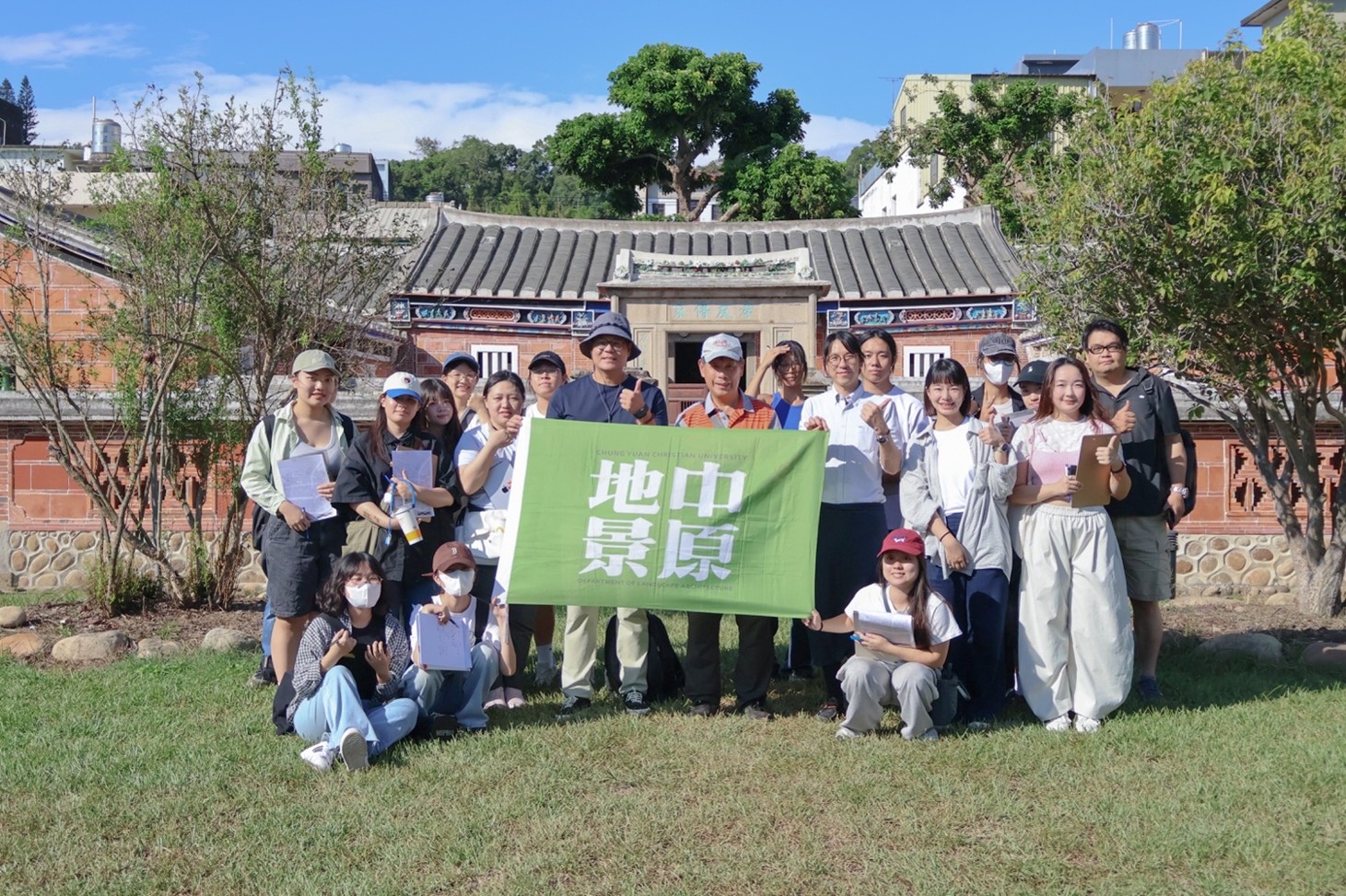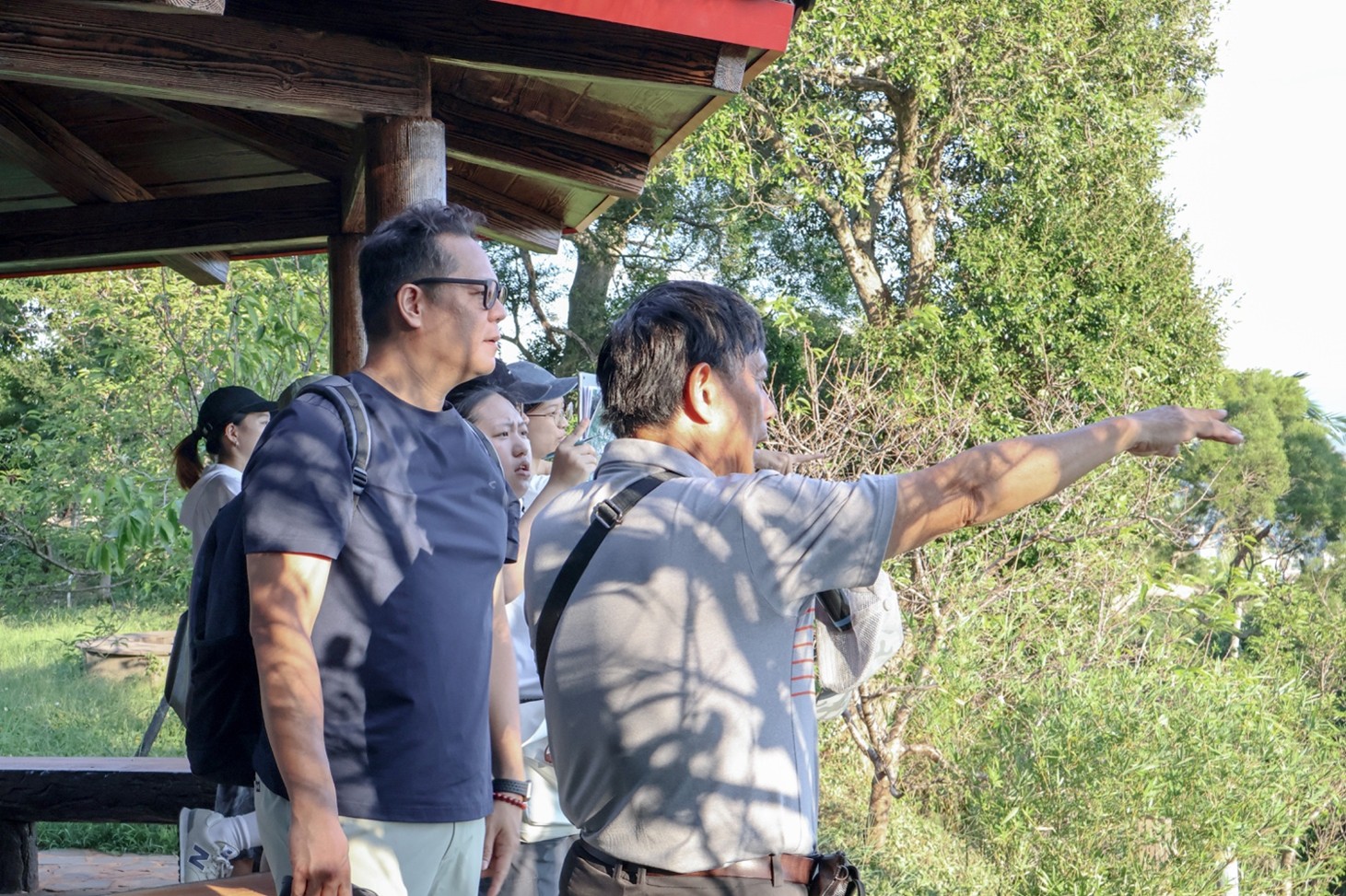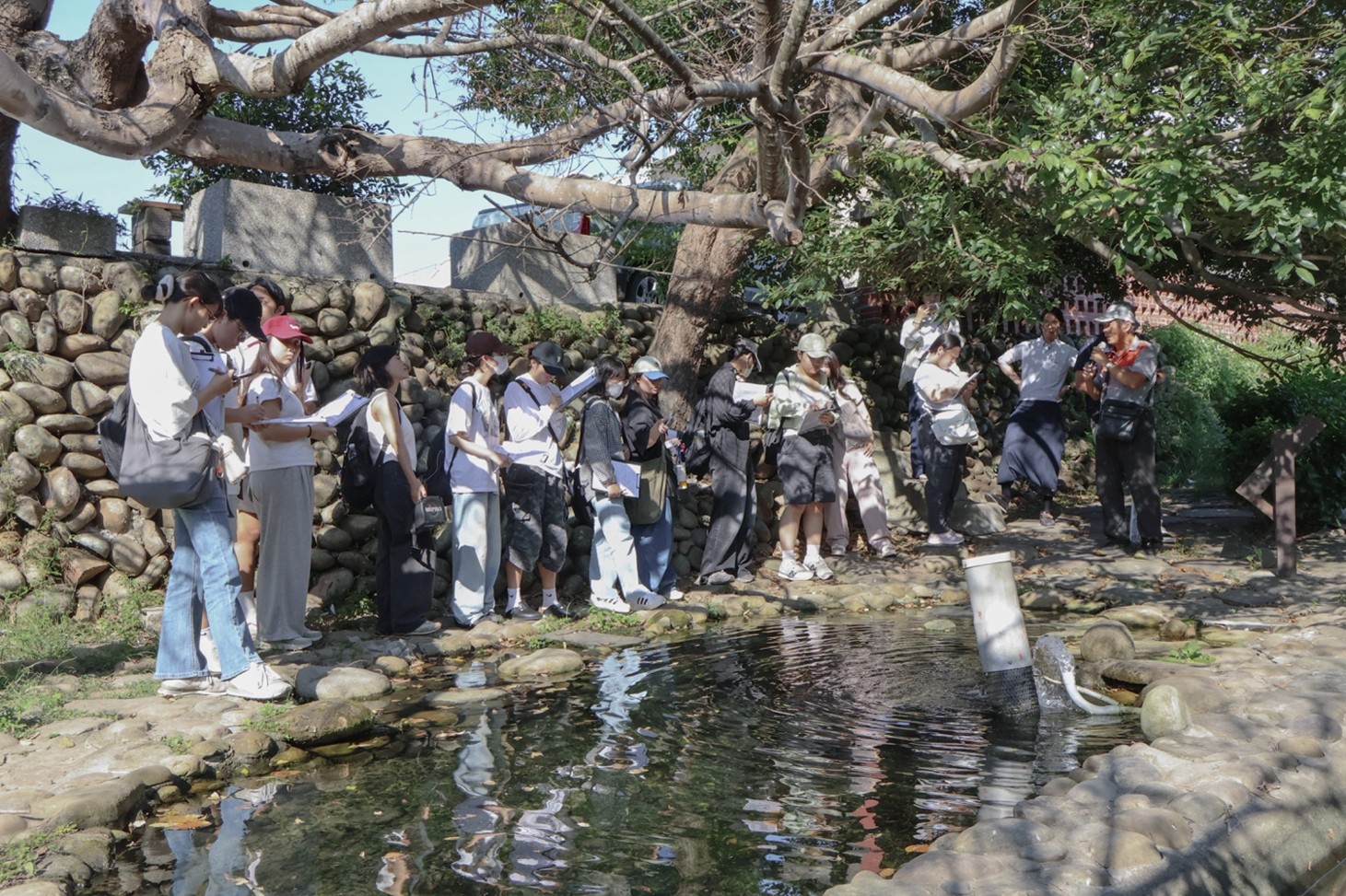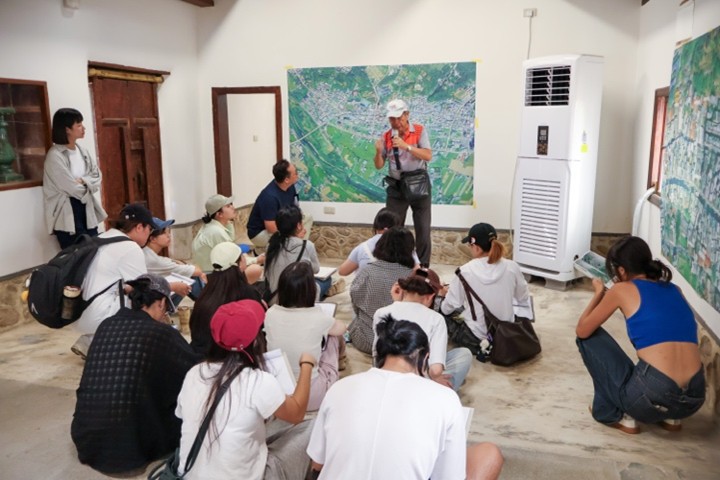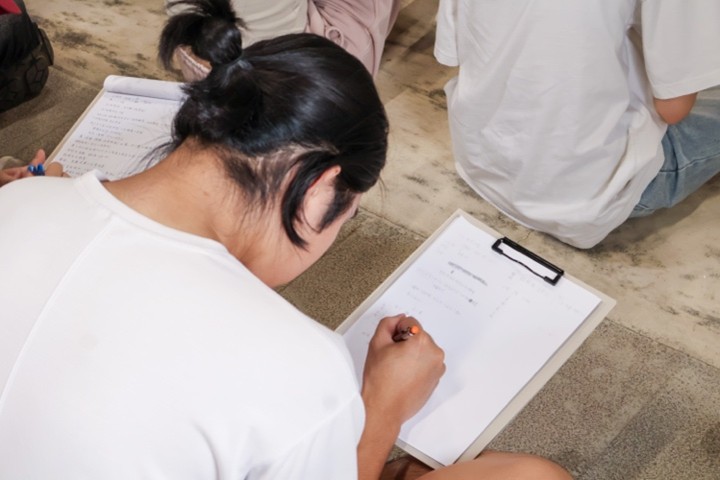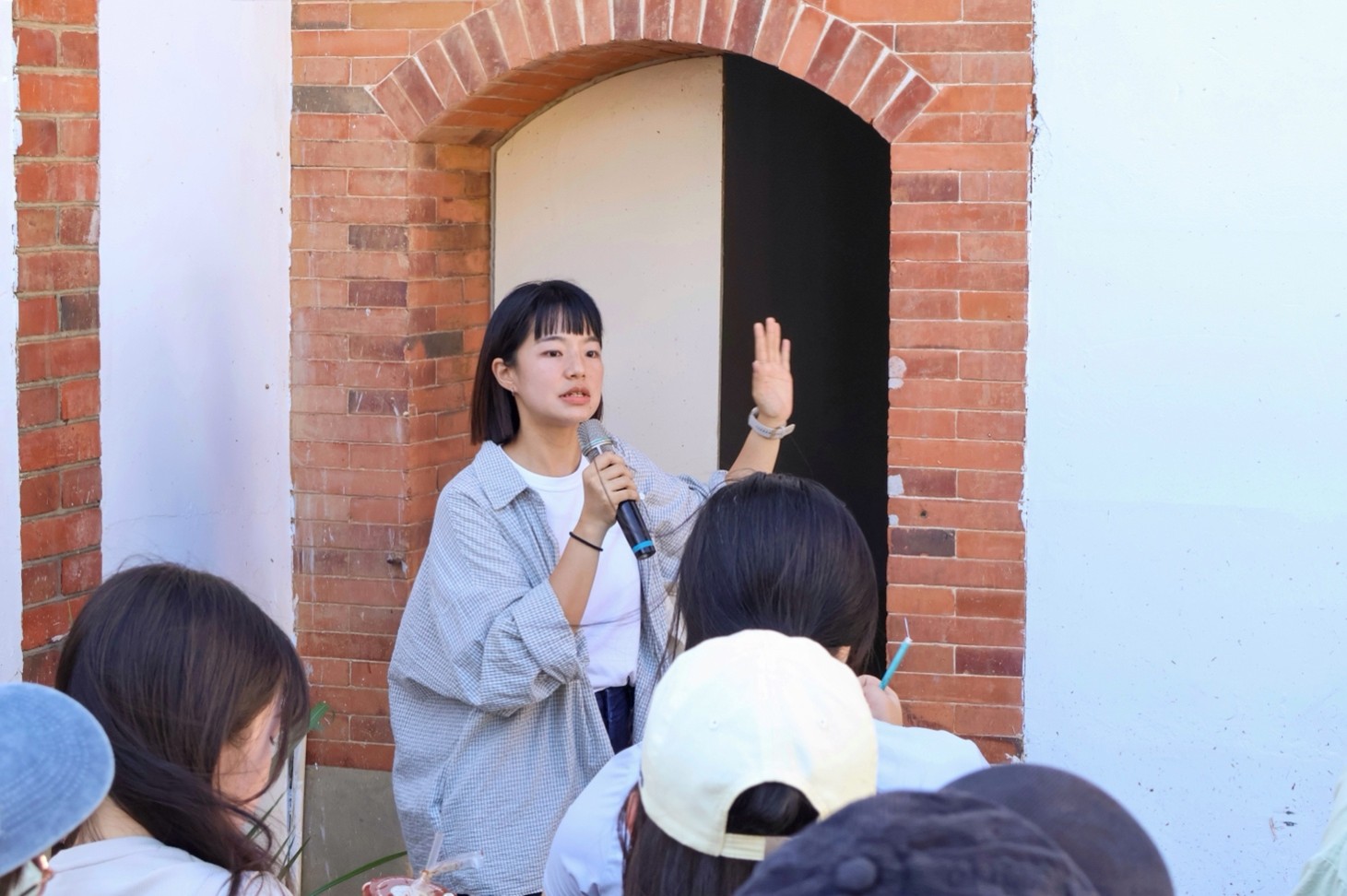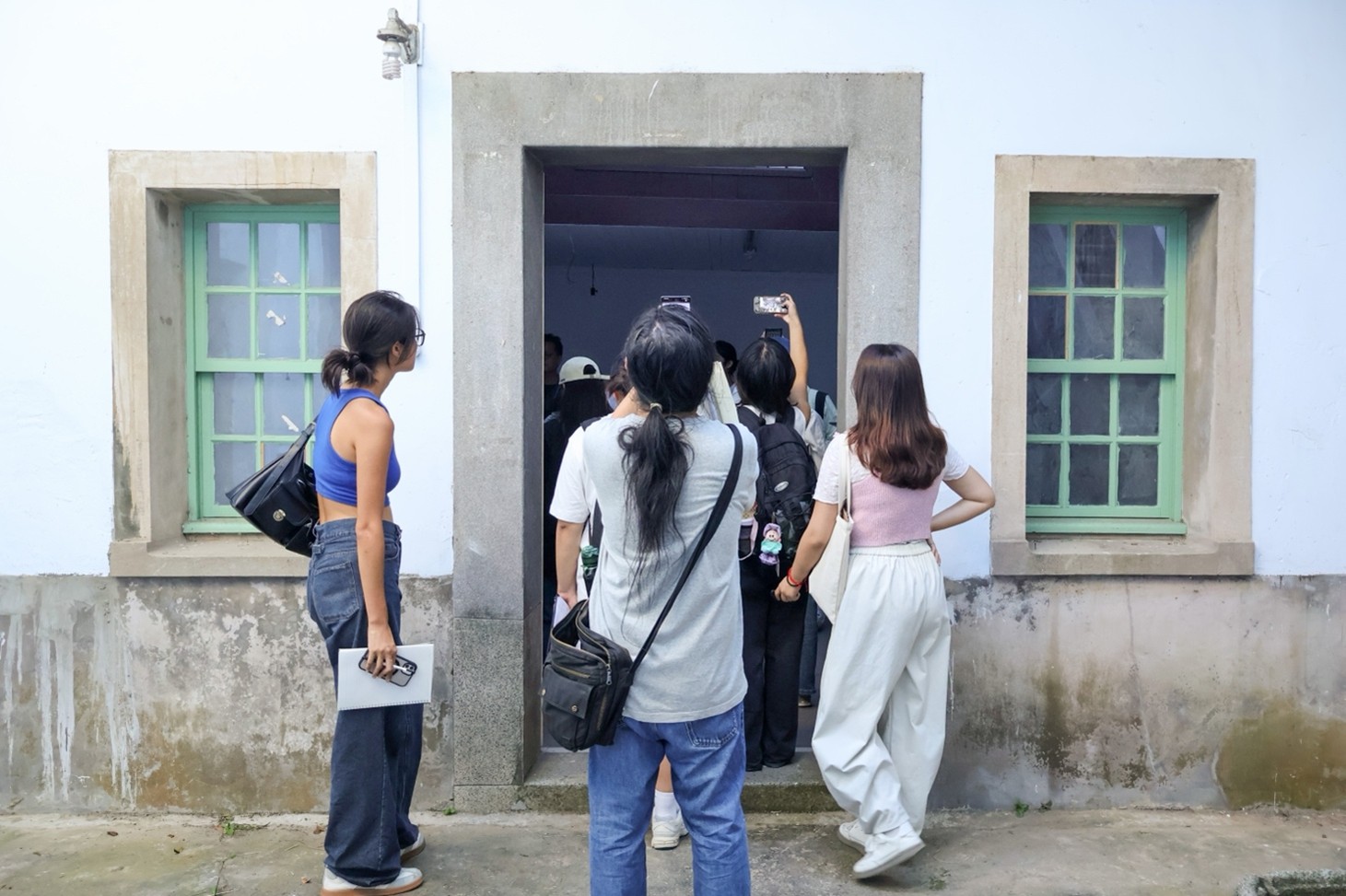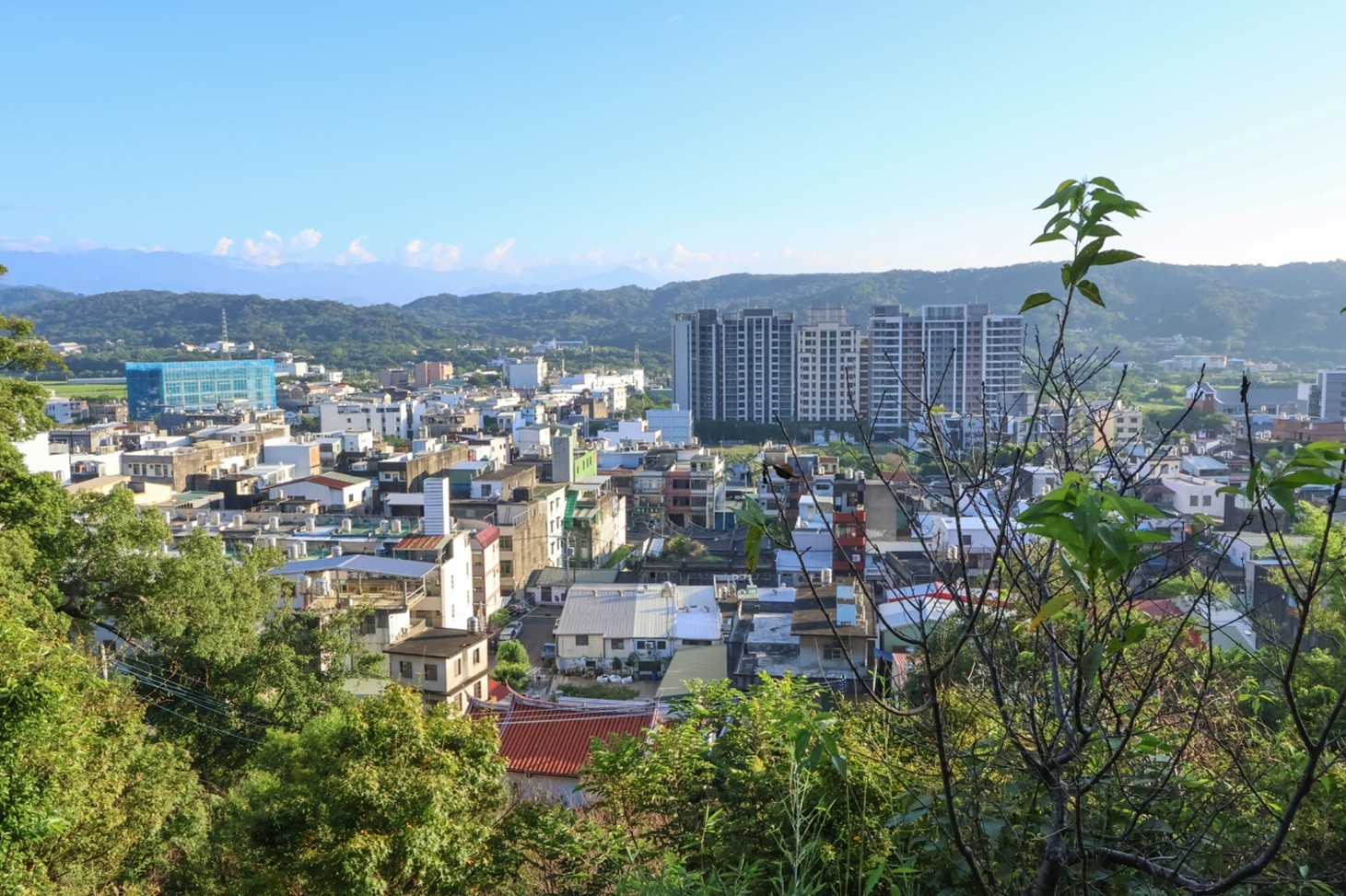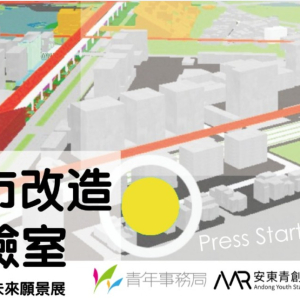When the design classroom enters the alleys of Xinpu:10/8 ᴡᴇᴅ. Local co-learning extending from the Pan Jin-He Former Residence.
When the design classroom enters the alleys of Xinpu:10/8 ᴡᴇᴅ. Local co-learning extending from the Pan Jin-He Former Residence.
#Hsinchu #Xinpu #PlaceBasedLearning #PanJinHeResidence #XinpuPanHouse
For the Xiongbenn team, restoring space has always been about reconnecting people and place.
Our relationship with the Former Residence of Pan Jin-He in Xinpu is rooted in this same belief.
Through close collaboration with the homeowner’s family, we continue to advance the restoration and reimagining of the residence — revitalizing the old house by “beginning with the end in mind.”
Beyond recovering its appearance and function, the house becomes a living bridge:linking past and future, connecting local wisdom with external creativity.
To keep the old house alive in conversation and interaction with its surroundings,Xiongbenn Old House partnered with Prof. Chen-Ting Wu from the Department of Landscape Architecture at Chung Yuan Christian University,
bringing the Social Design and Place-Making course into the streets and alleys of Xinpu.
As part of the collaboration, former Hsinchu County Secretary-General, Mr. Rong-Guang Tsai, was invited to lead a guided walk,facilitating environmental landscape surveys and issue mapping.
This field study was framed around the concept of a “local museum,”guiding students to explore the everyday life of Xinpu, clarify the spatial context,and integrate their fieldwork findings into site-specific design proposals that reflect the future spatial vision of the Pan Jin-He Former Residence.
Through this immersive learning process,we and a new generation of designers explored the dynamic relationship between place and architecture.
This journey not only extended the classroom into the field,but also served as a warm-up stage — a prelude to the next chapter in the revitalization of the residence.
Opening Up Multiple Perspectives on Place
The walking tour began at the Xinpu Visitor Center, where the Xiongbenn team first shared with students the current preservation status and ongoing revitalization process of the Pan Jin-He Former Residence.
We firmly believe that the vitality of a space comes from continuous dialogue and reflection.
Therefore, we invited Mr. Rong-Guang Tsai, a local expert rich in regional knowledge,to guide us in reinterpreting Xinpu through a systematic framework of “Culture, Landscape, and Industry.”
Mr. Rong-Guang Tsai began by discussing literature from Wu Zhuoliu and comics by Chen Dingguo,then explained how the basin-like terrain gives rise to the strong “Jiujang Wind,”which in turn shapes the unique “three flavors of the wind” — dried persimmons, rice noodles, and mullet roe —connecting Xinpu’s natural environment with its local everyday life.
Through Mr. Tsai’s guidance, we witnessed how terroir, industry, and culture are intricately woven together in the landscape,and gained a deeper understanding of how local memories continue to thrive in daily life.
Navigating through Feng Shui and alleys, reading the unwritten history
Following in the footsteps of Mr. Rong-Guang Tsai, we walked through the historical context of the “Three Streets, Six Alleys, and Nine Ancestral Halls,”navigating the intertwined layers of time and faith, carefully observing how the wisdom of early settlers is embedded in the fabric of the streets and the expressions of the architecture.
On Heping Street, the dense arrangement of ancestral halls is no coincidence,but stems from the Feng Shui belief of “back to the mountain, facing the water” —a shared wish for the sustainability of families and communities.
At the Pan Residence, we shared with the students the unique story of the “Crab’s Den”:where red tiles are taboo and flowing water never ceases before the door.
These seemingly ordinary taboos carry the ancestors’ vision of peaceful and prosperous living,and represent the cultural essence that the revitalization of the old house seeks to continue.
Mr. Rong-Guang Tsai led the students through the alleys to the “Crab’s Den” spring in front of the Pan Residence in Xinpu, sharing insights on the Feng Shui layout of Xinpu and glimpses of everyday life in the past local community.
Using a large-scale map of Xinpu Township, Mr. Rong-Guang Tsai guided landscape design students to consider the relationship between the town’s blue belts and green belts,and further explained the recent landscape changes in Xinpu Township under urban development policies.
During the tour, Mr. Rong-Guang Tsai also mentioned a hidden layer of memory beneath the history of Han Chinese settlement—the migration and disappearance of the Plains Indigenous Taokas people.
The nine-character admonition, “Language lost, culture extinguished, people vanished,” serves as a poignant reminder that every piece of land holds the histories of diverse groups.
As we promote local revitalization, how to recover these forgotten stories remains an ongoing challenge for cultural workers.
Seeing Family Memories and Local Context through the Pan Jin-He Former Residence
Passing through the backyard of the Pan Residence, we arrived at the Pan Jin-He Former Residence, where the architectural language quietly shifts—from a traditional Han-style courtyard to a hybrid Western-Japanese style mansion.
Located on Zhongzheng Road in Xinpu, the Pan family mansion was personally designed by Mr. Pan Jin-He, a former mayor of Xinpu Township.
From exterior decorations to interior details, from structural design to spatial layout, the residence embodies multiple layers of local life and social change.
Through the Pan Jin-He Former Residence, we glimpse the transformation of local gentry amid changing times, as well as the care of an elder for his children and future generations.
Pan Yi-Hsun, the great-granddaughter of Mr. Pan Jin-He, pointed to the tall backyard wall marked with years and traces of time, saying,“This wall records not only the growing heights of the Pan children over the years, but also the intangible presence of companionship.”
Since its construction during the Japanese colonial period, the mansion’s usage has continually evolved—from a family home to a restaurant, and now facing a future full of new possibilities. Each phase has left its mark.
Stepping inside, the Western-style living room, symbolizing the family’s status, Mr. Pan Jin-He’s private quarters, and the practical barn all encapsulate the lifestyles of different eras in vivid detail.
Through Pan Yi-Hsun’s introduction, we learned that every old house is like an elderly person—after a certain age, its “body” faces various challenges and conditions. The Pan Jin-He Former Residence has now reached such a crossroads. Fortunately, the family is united in their efforts to extend its life through restoration, preserving both the building’s structure and its local historical context, while also keeping alive the descendants’ respect and memories of Mr. Pan Jin-He.
During the course tour, students observed architectural features such as the courtyards between buildings, a personal study with circular windows, a modern Western-style living room, and tatami mats preserving Japanese lifestyle habits. These experiences helped them understand the relationship between spatial use, architectural form, and cultural context.
The Pan Jin-He Former Residence is gradually transforming from a preserved building into a living experience, where past and present converge—allowing the younger generation to feel the spirit of Xinpu and the stories of its times.
From Identifying Problems to Exploring Possibilities
As the group reached the open and spacious Japanese Park, overlooking the city where old and new blend together, the clues gathered throughout the walk seemed to come together like a map.
Having walked through alleys, ancestral halls, and markets, the students gained a more vivid understanding of Xinpu and raised thought-provoking questions:Beyond serving as spaces for family rituals, what roles can these solemn ancestral halls play in contemporary life?
And how can a sustainable local ecosystem be established?
These questions lie at the heart of the Xiongbenn team’s ongoing reflection—revitalizing old houses is never a single act of preservation, but an integrative process of “connecting points into lines and expanding lines into surfaces.”
They hope the Pan Jin-He Former Residence can become a starting point for ongoing dialogue with the community and a hub for countless possibilities.
Overlooking Xinpu town from Japanese Park.
At the end of the event, students grouped according to themes and explored the everyday spaces of Xinpu. They visited local favorites like Grandma Hua’s Rice Cake and Yishun Ice Shop, engaging in brief conversations with the shop owners.
As local stories echoed around them and new-generation creativity sparked within these historic spaces, we once again affirmed the meaning of accompanying old houses toward revitalization—allowing their stories to be heard and collectively imagining the future of the place.
Group photo of the Landscape Architecture field study course at Chung Yuan Christian University.
Excerpted from:雄本老屋-為老屋再生的未來擇善固執-活動紀實

